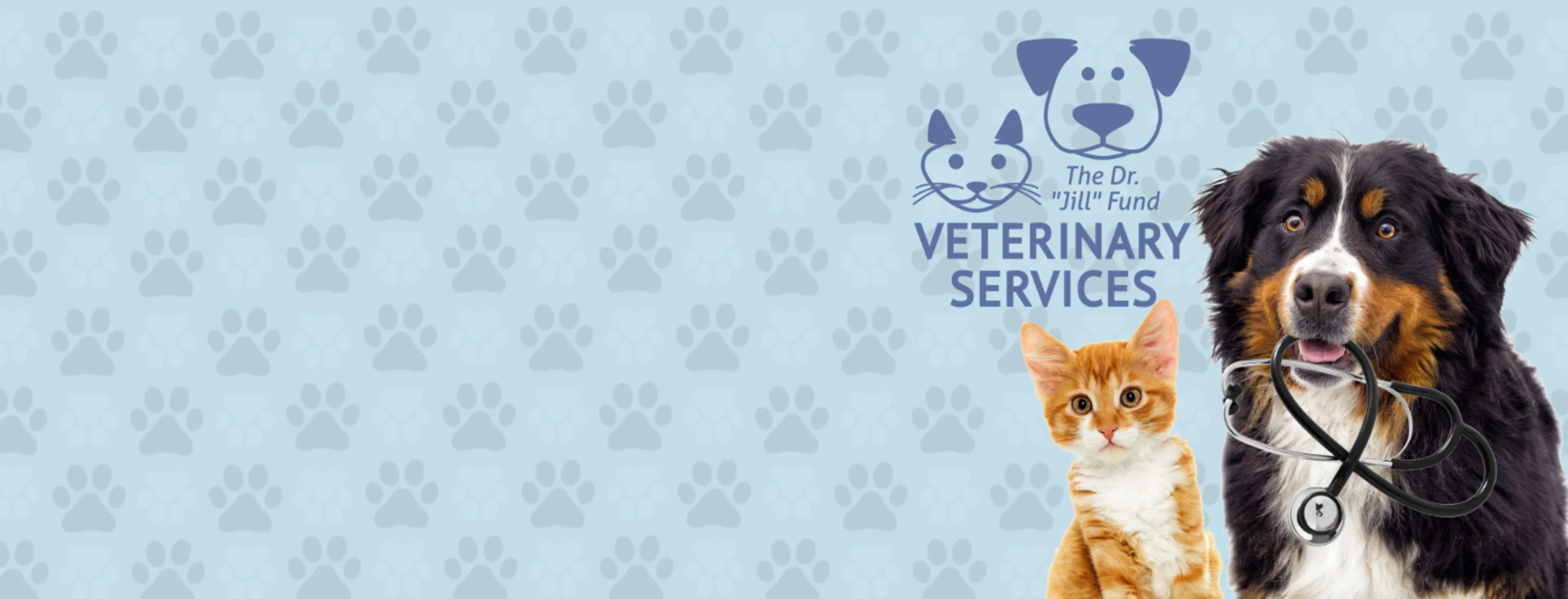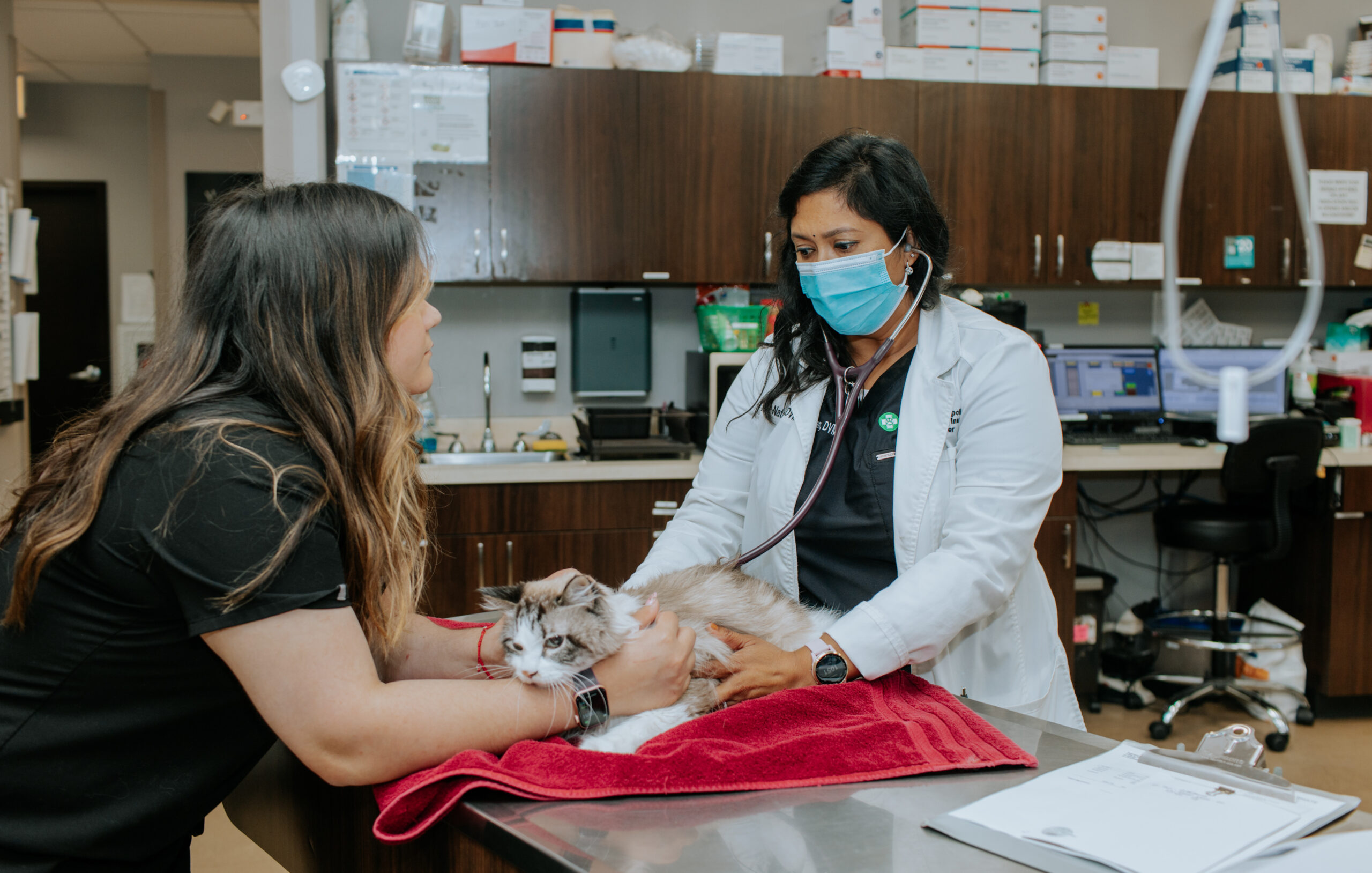What Happens During a Visit to an emergency vet? Step-by-Step Walkthrough
What Happens During a Visit to an emergency vet? Step-by-Step Walkthrough
Blog Article
Everything About Vet Surgery: Understanding the Value of Specialist Treatment for Your Family pets
Veterinary surgical procedure is a vital component of pet medical care. It includes various procedures, from regular optional surgical procedures to urgent treatments. Understanding the ins and outs of these surgeries can help animal proprietors make informed choices. The preparation, execution, and healing stages are vital for making sure the well-being of animals. With correct understanding, owners can navigate the complexities of vet treatment. What variables should be thought about before an animal undertakes surgical procedure?
Kinds Of Veterinarian Surgeries
When an animal needs medical intervention, recognizing the different kinds of veterinarian surgical treatments can aid animal owners make notified choices. Vet surgical procedures can be extensively classified into three primary types: optional, urgent, and emergency situation surgical procedures. Optional surgeries, such as spaying or neutering, are planned treatments that are not instantly deadly. Immediate surgical procedures, like those for international body removal, need to be carried out soon but are not life-threatening in the minute. Emergency surgical treatments, such as those dealing with extreme injury or inner bleeding, are essential and require immediate attention.Additionally, surgical treatments can vary in intricacy, varying from minimally invasive laparoscopic treatments to much more comprehensive open surgical treatments. Each kind of surgical procedure lugs its very own dangers and healing procedures. Understanding these classifications permits pet dog proprietors to participate in significant conversations with vets, causing better outcomes for their precious animals.
Planning for Your Pet's Surgical treatment
Planning for a pet dog's surgical treatment includes a complete list to assure all basics are covered. Reliable communication with the veterinarian is important for understanding the treatment and any type of essential pre-operative actions - tplo surgery. In addition, having clear post-operative treatment guidelines will help owners supply the ideal support for their recovering animals
Pre-Surgery Checklist Essentials
Ensuring a smooth surgical experience for an animal requires careful preparation and focus to detail. A pre-surgery list is important for pet proprietors to comply with. Confirming the set up surgery day and time is vital. Owners must likewise validate that their pet has actually not eaten according to the vet's instructions, normally for 8-12 hours before surgical treatment. Collecting required medical documents, consisting of inoculation background, is essential for the vet's evaluation. It is additionally advisable to prepare a comfortable room at home for the pet dog's healing after surgical treatment. Proprietors should have a plan for transportation to and from the veterinary center, making certain that the animal is secure and comfortable throughout the journey. Following these actions can substantially boost the medical experience.
Interacting With Your Veterinarian

Effective interaction with the vet is necessary for an effective medical experience for animals. Owners ought to be prepared to review their pet dog's clinical history, consisting of any pre-existing conditions, medications, and allergic reactions. This info helps the vet examine risks and tailor the medical strategy appropriately. In addition, family pet owners need to ask inquiries regarding the treatment, anesthetic, and expected end results to ensure they completely comprehend the procedure. Clearing up any doubts can reduce stress and anxiety for both the pet dog and the owner. It is additionally important to communicate any type of behavior modifications or issues observed in the pet dog leading up to the surgical treatment. Eventually, clear discussion promotes trust and partnership, making certain that animals receive the ideal feasible treatment during their medical trip.
Post-Operative Treatment Directions
After reviewing the surgery with the vet, animal owners should concentrate on post-operative care guidelines to assist in a smooth healing for their animals. These directions generally include keeping track of the medical website for indicators of infection, such as redness or discharge. Family pets may need to be kept one's cool and constrained to stop too much movement that can interfere with healing. Discomfort monitoring is crucial, so proprietors must comply with the vet's assistance on administering medicines. Furthermore, nutritional constraints may be suggested to avoid gastrointestinal trouble. Routine follow-up appointments are necessary to guarantee proper healing and attend to any type of worries. By adhering to these post-operative care directions, pet proprietors can substantially contribute to their pet dog's healing and overall health.
The Surgical Process Explained
The surgery for family pets encompasses essential actions that ensure their security and recuperation. Pre-surgery prep work are important for lessening threats, while post-operative treatment standards play an essential function in advertising recovery. Understanding these components helps pet dog owners navigate the surgical experience better.
Pre-Surgery Preparations
Prior to an animal goes through surgical procedure, several crucial prep work need to happen to ensure a safe and effective treatment. Initially, a detailed veterinary exam is important to examine the animal's general health and identify any kind of potential dangers. This might include blood examinations, imaging, or various other diagnostics. The veterinarian will certainly additionally review anesthesia options customized to the pet dog's certain demands. Furthermore, animal owners are usually advised to hold back food and water for a specified time before surgery to decrease the risk of issues throughout anesthetic. It's essential for owners to offer a full case history, including any type of medicines or allergies, ensuring the medical team has all needed information. Proper interaction and adherence to pre-surgery guidelines can greatly enhance the end result of the procedure.
Post-Operative Treatment Standards
Appropriate post-operative treatment is vital for ensuring an animal's recuperation adhering to surgery. After the treatment, family pets need to be monitored very closely for any signs of difficulties, such as excessive blood loss, swelling, or uncommon habits. It is very important to adhere to the veterinarian's guidelines concerning drugs, including painkiller and prescription antibiotics. Animals need to be maintained in a quiet, comfortable environment to decrease tension and advertise healing. Restricting task is important; short, leashed walks might be needed, but jumping or running ought to be stayed clear of. Normal follow-up consultations need to be arranged to examine the healing process. Additionally, the surgical website must be kept tidy and completely dry, with any type of indications of infection reported to a vet without delay. Following these guidelines enhances recovery outcomes.
Anesthetic and Pain Management
Reliable anesthetic and discomfort management are vital parts of veterinary surgical procedure, making certain that pets remain comfortable and secure throughout the procedure. Veterinarians assess each animal's specific needs, taking into consideration aspects such as age, weight, health and wellness status, and the sort of surgery being performed.Anesthesia methods generally consist of a combination of pre-anesthetic medicines, induction representatives, and inhalant anesthetics, enabling specific control over the pet's level of awareness. Monitoring during surgical treatment is vital; veterinarians constantly observe essential indications to resolve any kind of possible difficulties promptly.Pain management methods may involve opioids, non-steroidal anti-inflammatory medications (NSAIDs), and local anesthetics, tailored to the animal's particular circumstance. This diverse approach helps decrease pain and advertises a smoother surgical experience. By focusing on efficient anesthesia and pain monitoring, vet experts boost the overall welfare of pet dogs going through operations, guaranteeing they get the highest criterion of care.
Post-Operative Treatment and Recovery
Following surgical procedure, the focus moves to post-operative treatment and recuperation, which is important for guaranteeing a pet dog's risk-free return to regular activities. During this period, pet dogs need a peaceful, comfy atmosphere to help healing. Proprietors ought to closely check their family pets for any type of signs of pain or uncommon behavior.Veterinary guidelines commonly include details instructions associated to medication management, wound care, and nutritional changes. It is crucial to stick to these referrals to minimize difficulties and advertise healing. Family pets might require to be limited from strenuous activities, such as running or leaping, during their recovery period (canine tplo surgery).Regular follow-up appointments with the vet enable tracking of the animal's development and timely changes to the care plan. Supplying emotional assistance and friendship can likewise boost an animal's recovery experience, aiding to alleviate stress and anxiety and anxiousness. Overall, attentive post-operative treatment plays a considerable function in attaining a successful healing
Identifying Problems After Surgical Procedure
Exactly how can animal proprietors recognize complications after surgical procedure? Understanding of details signs is vital for ensuring the well-being of pets throughout healing. Usual indications include excessive swelling, soreness, or discharge at the surgical website, which might represent infection. In addition, relentless pain, indicated by yawping or hesitation to relocate, ought to prompt instant focus. Changes in hunger or water consumption can additionally show difficulties; a decrease in these behaviors might indicate pain or distress.Moreover, pet dog proprietors ought to check their pet dogs for any kind of uncommon actions, such as sleepiness or difficulty breathing, as these can be indications of significant problems. Throwing up or diarrhea following surgical procedure may require immediate veterinary evaluation. Recognizing these complications early can substantially influence a family pet's healing procedure, emphasizing the importance of alertness and punctual communication with a vet for any worrying signs.
The Role of Vet Specialists in Surgical Treatment
Veterinary professionals play a crucial function in making certain the safety and success of surgeries for pets, specifically adhering to surgical procedure when checking and treatment are extremely important. These experts include vets, veterinary technicians, and assistance staff, every one of whom contribute specialized abilities to the medical process.Before surgical procedure, veterinarians carry out comprehensive analyses to evaluate the pet's health and wellness, making certain that any hidden problems are taken care of. Throughout the procedure, the surgical team gives anesthetic, maintains sterile environments, and keeps an eye on essential signs, very important for lessening risks.Post-operative treatment is similarly significant; veterinary professionals observe for complications, take care of discomfort, and overview owners on recuperation methods. Their proficiency tplo surgery enables them to acknowledge early indicators of distress or infection, guaranteeing prompt intervention. Ultimately, the joint efforts of vet experts in medical treatment foster a secure setting, promoting the well-being of pets throughout the medical journey.

Regularly Asked Inquiries
Just how Do I Pick the Right Veterinary Doctor for My Family pet?
Choosing the ideal vet specialist involves looking into certifications, reviewing reviews, and assessing the facility's environment. It is necessary to review the doctor's experience with certain procedures and their communication design when making a choice.
What Are Typical Misconceptions Regarding Vet Surgeries?
Usual mistaken beliefs concerning vet surgical treatments consist of beliefs that they are always dangerous, unneeded, or for emergency situations. Lots of animal proprietors undervalue the advantages of preventive treatments and the ability associated with vet surgical treatment.
Just How Much Will My Pet dog's Surgical treatment Cost?
The price of a pet's surgical procedure can differ considerably based upon factors such as the sort of procedure, the vet's experience, and geographic area (animal emergency care bellingham). Generally, expenses range from a couple of hundred to several thousand dollars

Can My Pet Dog Consume Prior To Surgical Procedure?
Before surgery, it is typically recommended that family pets abstain from eating for a certain duration. This fasting helps in reducing the danger of complications during anesthetic. Owners should consult their veterinarian for specific instructions tailored to their pet dog's demands.
What if My Family Pet Has Pre-Existing Health Conditions?
When a family pet has pre-existing health conditions, it's essential for the veterinarian to assess these factors prior to surgical procedure. This assessment assurances suitable safety measures are taken, lessening threats and enhancing the animal's total security throughout the treatment.
Report this page